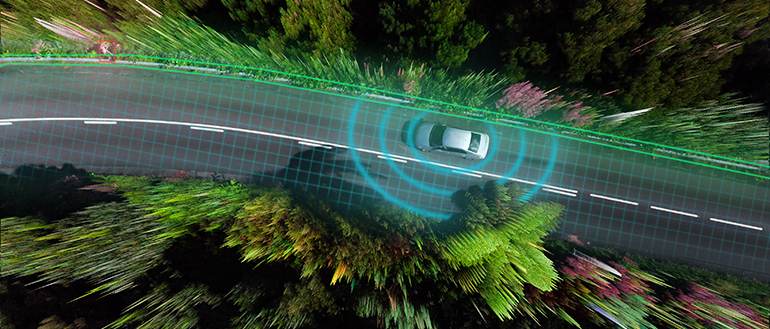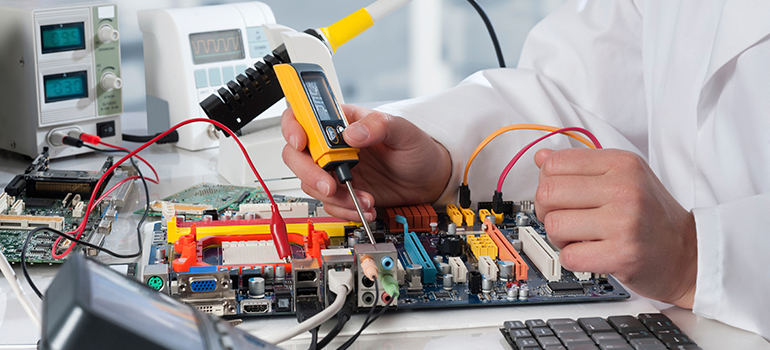Testing Advanced Driver-Assistance Systems

An Overview of Process and Considerations
08 September 2020
Advanced driver-assistance systems (ADAS) are electronics that assist motorists in driving and parking functions. The technology for ADAS is being incorporated into vehicles at an astonishing pace, making it essential to properly assess the systems through testing programs that can provide valuable information in developing ADAS technology.
Testing ADAS systems involves exposing a vehicle to situations that trigger the system to intervene, then measuring the outcome to assess system performance. The testing is monitored, and variables are controlled to ensure consistent repeatable application of each test method. The methods used to make these assessments come from a variety of sources: Insurance Institute for Highway Safety (IIHS), the European New Car Assessment Programme (NCAP), and the National Highway Traffic Safety Administration (NHTSA), for example.
Here are some key things you should know about ADAS testing.
- ADAS system testing provides data for – validation, benchmarking, R&D information, and data for ratings – making it valuable for this increasingly used technology. For example, testing during the R&D and validation phase can help to reduce system redesigns and even the number of formal qualification tests required. Benchmark testing can assess the performance of systems being offered by many manufactures to set performance requirements and goals. The testing can vary from basic (monitoring velocity, direction, location and response) to intermediate (basic with the addition of audio/video recording) to advanced (adds the capture of the vehicle bus messages for a complete understanding of vehicle behavior and intended response).
- The ADAS system testing requires facilities and equipment capable of exposing the vehicle to the scenarios that trigger ADAS systems to engage. Depending on what you're looking to assess, equipment may include inertial measurement systems capable of real-time kinematics (RTK); for assessing speed and positioning, guided soft targets; driving robots, Controller Area Network (CAN) decoding/recording equipment; additional rear vehicle targets; various road and intersection types to assess different surfaces at a variety of speeds; and different test environments like; parking lots, highways, traffic jams, cities, rural roads, and more. These locations need to be in an isolated area, such as a proving ground, where the tests can be conducted safely, and in a way that is repeatable so that subsequent revisions of the system can be evaluated against the same baseline.
- ADAS testing begins with preliminary setup and practice days, which can be beneficial for reducing downtime and completing the tests in a time-efficient manner. At this stage you can map test surfaces and create different routes to ensure the necessary test environments, lane configurations, and test targets are accounted for. There are other recommendations to ensure time-effective testing such as planning and scheduling remote software resources for immediate updates, pre-testing software subroutines, and ensuring maintenance tools and lifts are available to fix any mechanical issues. Validating test system setup and confirming test equipment like RTK systems function properly also limits downtime. Lastly, making sure proper technical support is on hand to troubleshoot any challenges is always a high priority.
Get more insights and answers about ADAS testing by downloading our complimentary webinar recording.

Ralph Buckingham,
Director, Intertek Transportation Technologies
Ralph Buckingham is a director with Intertek's Transportation Technologies team where he manages lab operations and has led the expansion of Intertek's Aerospace and Automotive, EMC, VOC and connected and autonomous vehicles capabilities. He participates on various standard development committees, contributing to the evolution of telematics, connected vehicle, and autonomous vehicle testing procedures.


